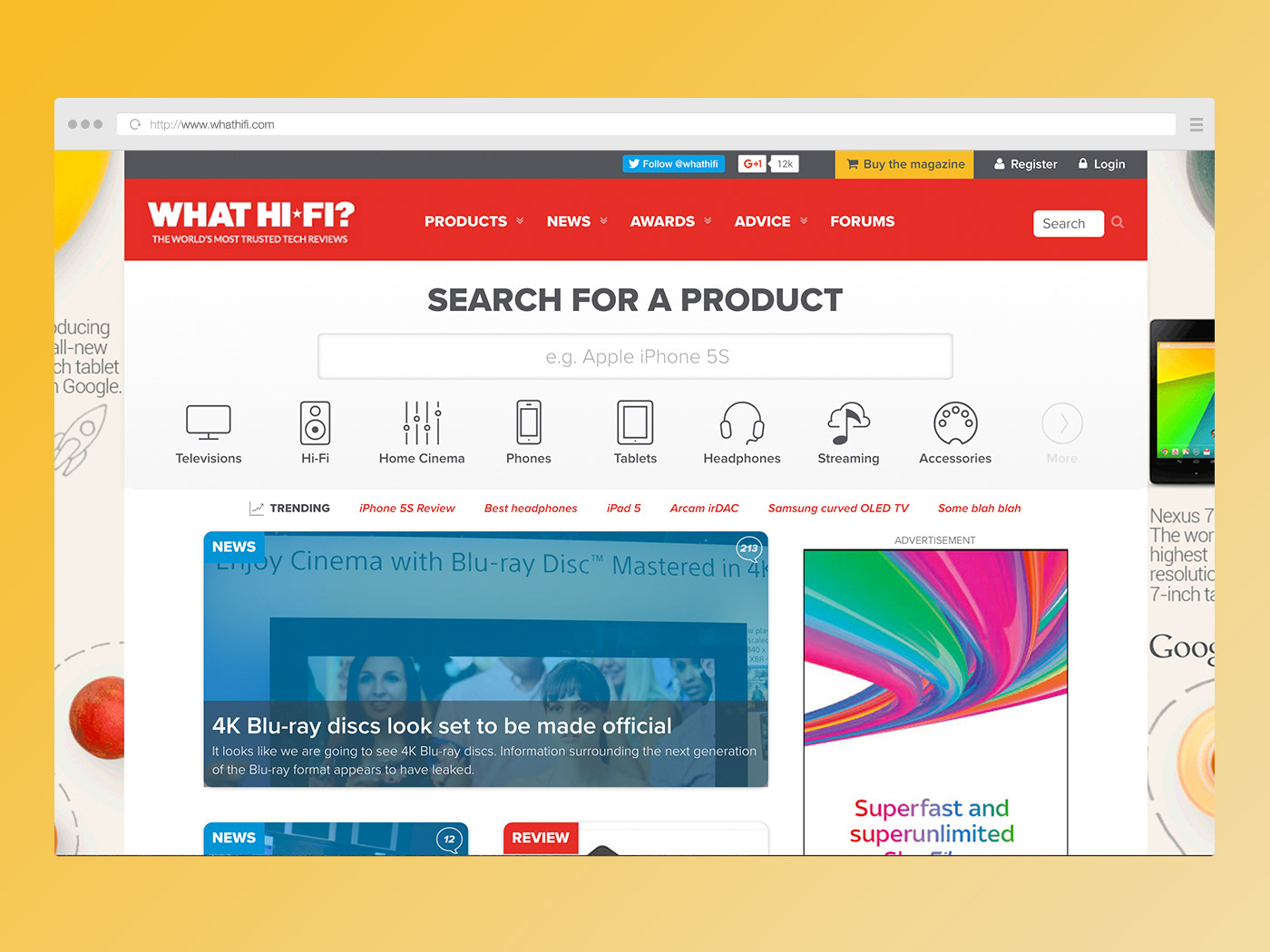Problem
My personal journey with a carnivore diet highlighted the difficulty in sourcing high-quality, grass-fed beef in the UK. The term "grass-fed" lacks a clear definition, and most retailers prioritize breed, origin, and processing methods over production systems, making it challenging for consumers to make informed choices.
Solution
To address this, I created "Where To Meat," an online platform that connects consumers with local grass-fed beef retailers. The website features:
Unique Location Finder: A user-friendly map interface that allows users to easily find nearby farms, butchers, and restaurants offering grass-fed beef.
Educational Resources: Provides information about the benefits of grass-fed beef and promotes greater transparency in the meat industry.
Outcome
With minimal advertising spend, the website achieved significant traction within the first month of launch:
3,300+
unique users
350+
businesses contacted
Research
Branding
Logo
Colours
Typography
Screen design
Homepage concepts
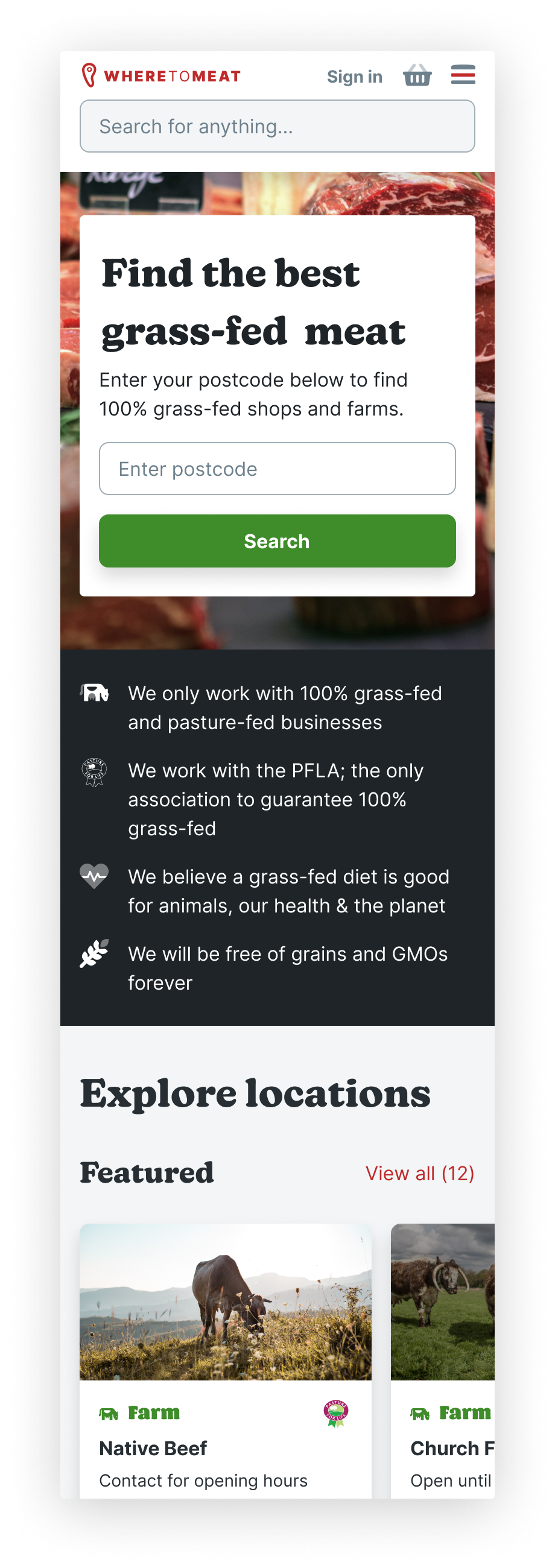
Homepage
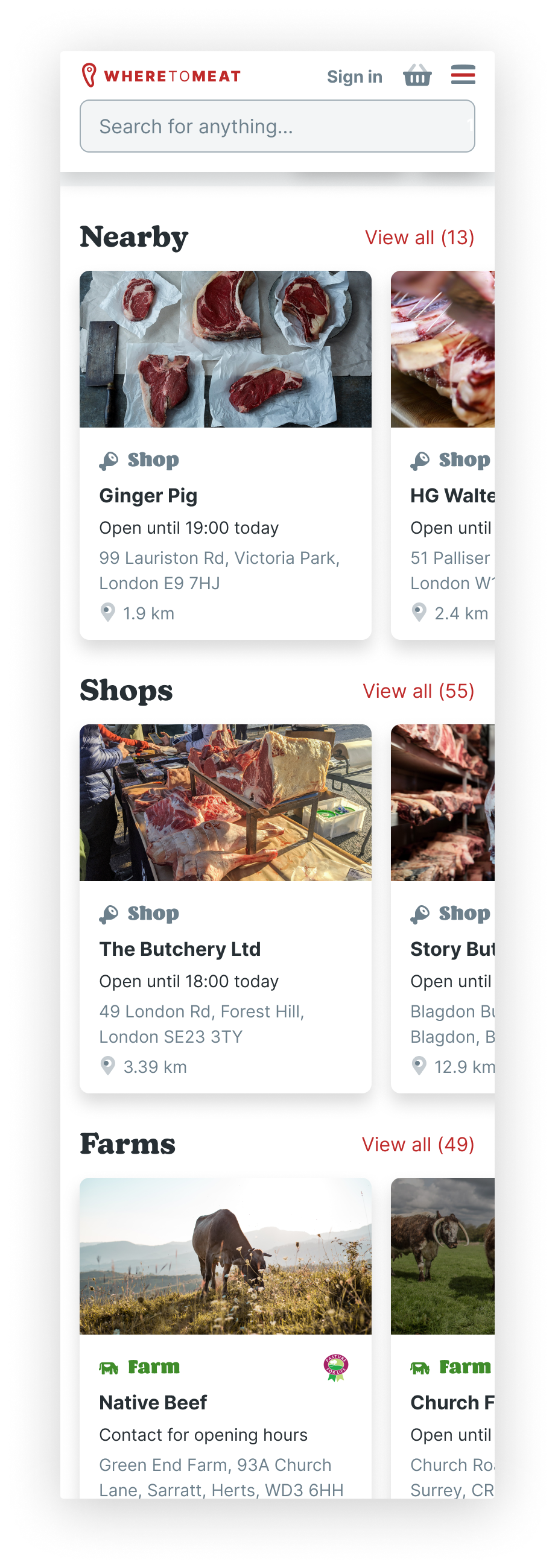
Results
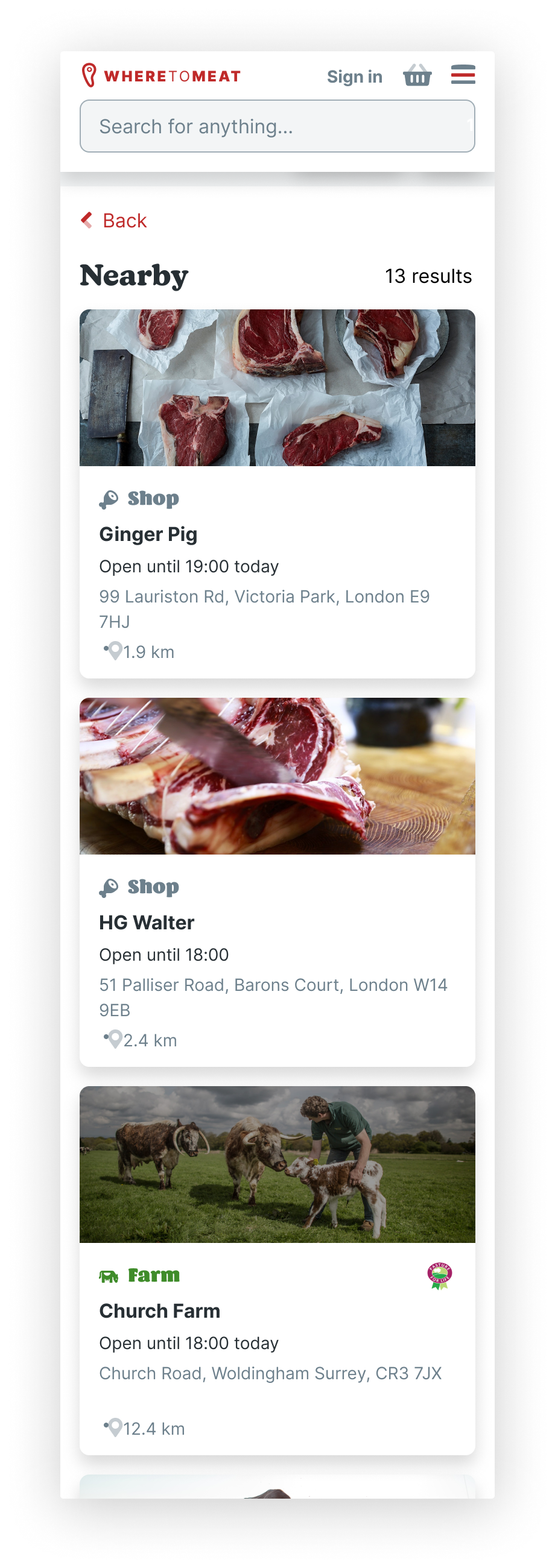
Nearby
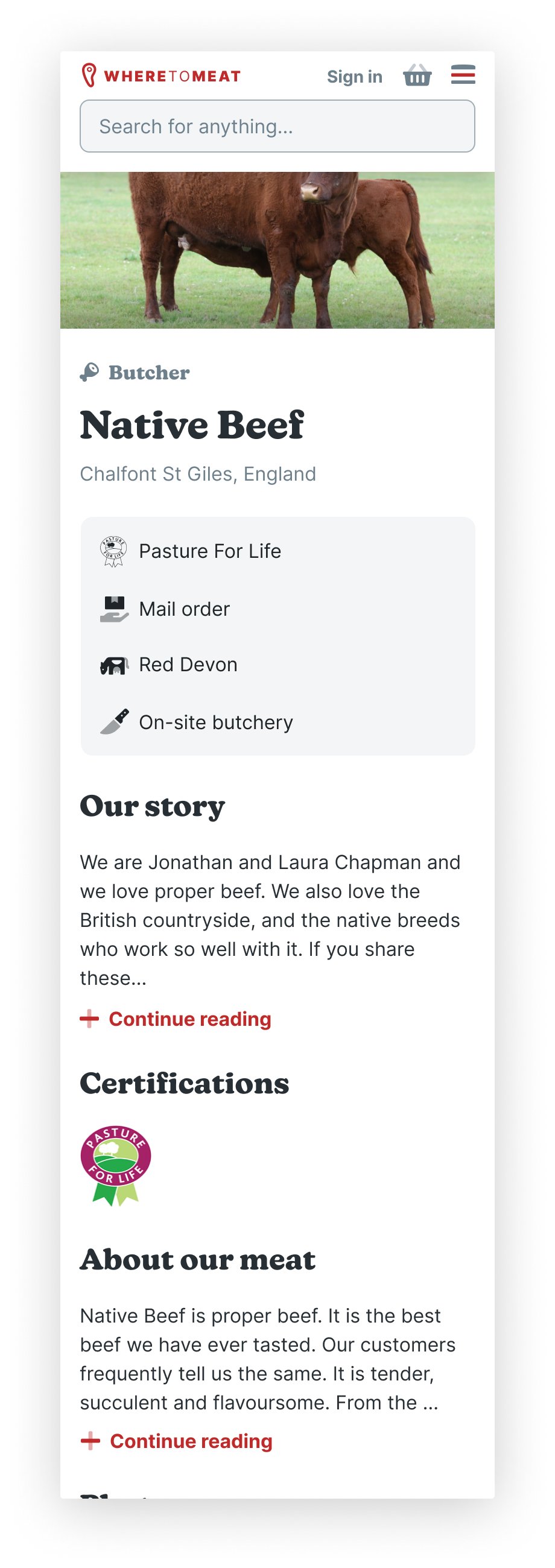
Location
Desktop homepage

